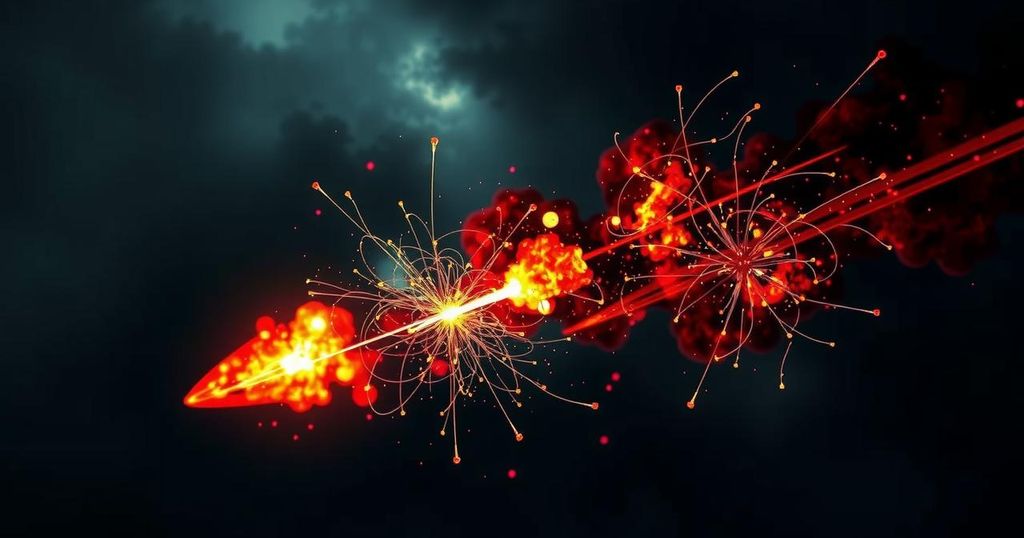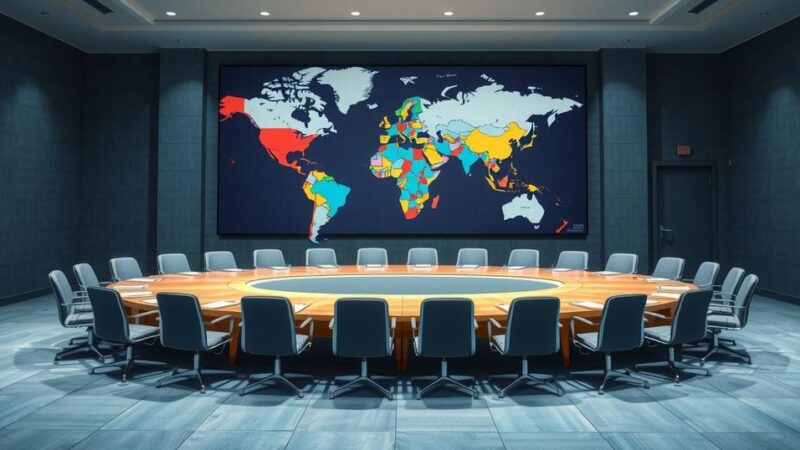Recent developments indicate that the Iranian axis has faced considerable setbacks in Syria and Lebanon due to a forced cease-fire with Israel and renewed successes among Syrian Sunni rebels. The shifts in power dynamics pose significant challenges for Iranian strategies, particularly with the backdrop of potential changes in U.S. policy towards Gaza.
The Iranian axis has encountered significant challenges recently, particularly in Syria and Lebanon. Following a forced cease-fire imposed on Hezbollah by Israel, the internal balance of power in Syria has shifted negatively for President Bashar Assad. The Sunni rebels’ resurgence, marked notably by their recent successes in Aleppo, signifies a potential turning point that could expose the vulnerabilities within Iranian and Hezbollah strategies, casting doubts on their operational effectiveness in the region. Moreover, the broader geopolitical landscape is further influenced by statements from former President Trump, who appears to be advocating for a resolution to the ongoing conflict in Gaza, adding another layer of complexity to the Iranian axis’s predicament.
The Iranian axis refers to the coalition of Iran, Hezbollah, and allied factions that aim to extend their influence across the Middle East. The dynamics of this alliance have faced recent strains due to both military setbacks and political pressure. Hezbollah’s acceptance of a cease-fire with Israel symbolizes a shift in its strategic calculations, impacted significantly by the resurgence of Sunni rebel forces in Syria, which may alter the longstanding power dynamics that have favored Iranian interests in the conflict. With the potential for a U.S. change in policy regarding Gaza under Trump, the future of Iranian operations in the region remains precarious.
In summary, the Iranian axis is currently dealing with a series of unprecedented setbacks, significantly altering the landscape of power in the Middle East. The cease-fire imposed on Hezbollah and the notable successes of Sunni rebels in Syria have exposed weaknesses in Iranian strategies, prompting a reevaluation of their tactics moving forward. This scenario is further complicated by the emergence of potential shifts in U.S. foreign policy regarding the Gaza conflict, creating an atmosphere of uncertainty for both regional actors and international stakeholders.
Original Source: www.haaretz.com






